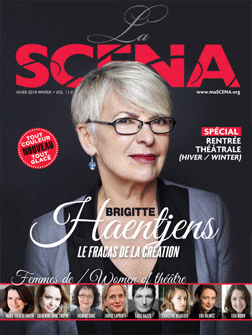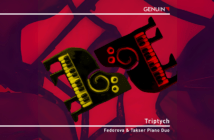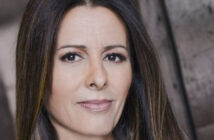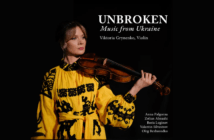
This page is also available in / Cette page est également disponible en:
![]() Francais (French)
Francais (French)
Global leader in the music services market for cable companies, the Stingray Digital Group has seen tremendous growth in recent years. Just in 2017, the company acquired six music channels, including Classica, which was purchased at the beginning of the year by the German production company Unitel. It is by focusing on a business model that favors acquisitions that the company has carved the lion’s share in a music market that is still suffering the effects of the digital revolution.
The beginnings
Founded in Montreal in 2007, the company first launched into the karaoke market with the acquisition of Soundchoice. With the experience of its founders Eric Boyko and Alexandre Taillefer, Stingray quickly expanded and bought the Galaxie music channels, then owned by the Canadian Broadcasting Corporation. This transaction ensures it a place of choice in the local market while opening doors to international markets. This is how Stingray bought 33 music related companies, therefore ensuring the distribution of its content in several countries in Europe and America.
Today, the company offers more than 3,000 audio channels and 12 specialty video channels and reaches more than 400 million homes in 156 countries, as well as offering music services for commercial businesses. This success is based in part on a judicious implementation strategy that favors musical programming tailored to the tastes and musical genres of the various markets. To do this, Stingray relies on the services of 150 specialists who ensure that subscribers receive customized music content: jazz, classical music, rock, pop, and also local artists from around the globe. In Quebec, these channels are available to Videotron cable subscribers.
Classica
Even though it already had similar content channels, Stingray acquired Classica in 2017 because the company was seeking above all to better position itself globally. “We want to be number one in classical, worldwide,” said Mathieu Péloquin, Senior Vice President, Marketing and Communication. With this in mind, agreements have been reached over time with some 40 classical music production companies, such as Unitel, Paramax and C Major Entertainment. In doing so, Stingray gets it’s hands on an vast repertoire of classical concert recordings, in addition to obtaining the broadcast rights for some fifty new releases a year. In the near future, the company wants to own a larger portion of its catalog to be able to offer its subscribers up to 3000 hours of audiovisual content.
Classica distinguishes itself from other classical music channels of Stingray in terms of target audience. While Brava wants to be more accessible, especially by broadcasting short films documenting the preparations for certain concerts and portraying musicians and composers, Classica is aimed more at a clientele of connoisseurs: programming is focused on productions of European orchestras that require the listener some knowledge of the classical repertoire. However, special attention is paid to customer habits in order to create a musical program adapted to the long-term context. The programs are grouped according to daily and weekly themes in order to build customer loyalty.
Promote local content
Founded in Germany in 1997, Classica has so far devoted much of its programming to European orchestral performances. However, the purchase of the channel by the Stingray group could well change the situation: anxious to highlight the Canadian and Quebec productions, Stingray has been collaborating for some time with various local ensembles such as the Montreal Symphony Orchestra and the Metropolitan Orchestra of Montreal. For example, the channel recently recorded a special program during a performance of Les Violons du Roy held at Domaine Forget. In addition to the broadcast of the concert, a film crew went on site to produce a documentary that provides subscribers privileged access behind the scenes of the event. This type of project promotes a greater proximity between ensembles and the audience, even constituting a possible solution to the problems of audience renewal faced by the classical music milieu.
Democratize classical music
For Péloquin, this new way of approaching the concert – as both a musical and a media event – is a real opportunity for the orchestras. While he deplores the fact that the lack of revenues and the aging of the classical music public undermine the prosperity of the ensembles, he nevertheless, notices a change of mentality: “We feel that there are more openness … the milieu realizes that today, an artist can distribute his music easily, but the streaming must conform to a homogeneity of the types of music.” This statement can seem a paradox coming from a company that offers thousands of specialized music channels to its subscribers. That’s why channels like Classica have their uses: Péloquin advocates increased collaboration between broadcasters and orchestras to enable them to take control of their finances while ensuring maximum visibility for classical orchestras. By offering orchestras and artists the means to showcase their talent abroad, Stingray contributes to their growth and, more generally, to the democratization of classical music.
Translated by Adrian Rodriguez
This page is also available in / Cette page est également disponible en:
![]() Francais (French)
Francais (French)














